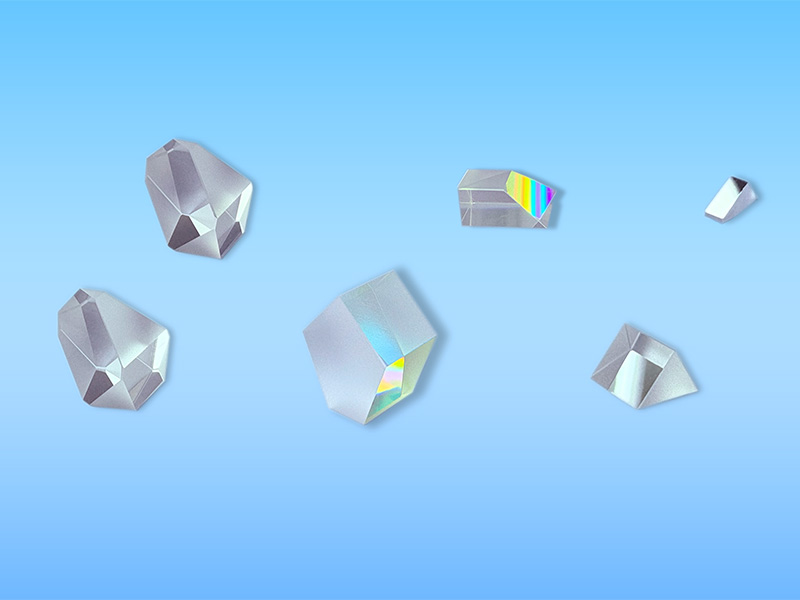Other Prisms
PRODUCT
Detail
Enlumen can offer different types of prisms. The materials can be optical glasses or fused quartz.
1: The Bauernfeind prism is a type of reflective prism used to deflect the light beam by 45° to 60°, depending on its construction, without flipping or rotating the image. Its inventor was the German geodesy expert Karl Maximilian von Bauernfeind. The light beam is reflected twice in the prism.


2: A AMICI roof prism is generally the collective term for an optical prism that can simply change the direction of light propagation by 90° through reflection. Images that undergo two plane reflections and flips will converge on the optical axis and then flip to the side.

3: The rhomboid prism is an optical prism with a cross-sectional shape of a parallelogram. Its key feature is to change the direction of light propagation through two parallel reflecting surfaces, while maintaining the orientation of the image unchanged.

4: A dispersive prism is an optical component that utilizes the dispersion property of optical materials (i.e., the difference in refractive indices of light of different wavelengths) to decompose composite light into a single-color spectrum. Its core function is to cause the separation of different colors of light at different angles through refraction, forming a spectrum. It is the fundamental component for applications such as spectral analysis and wavelength separation.
Enlumen can provide different types of dispersive prisms according to customer requirements.







